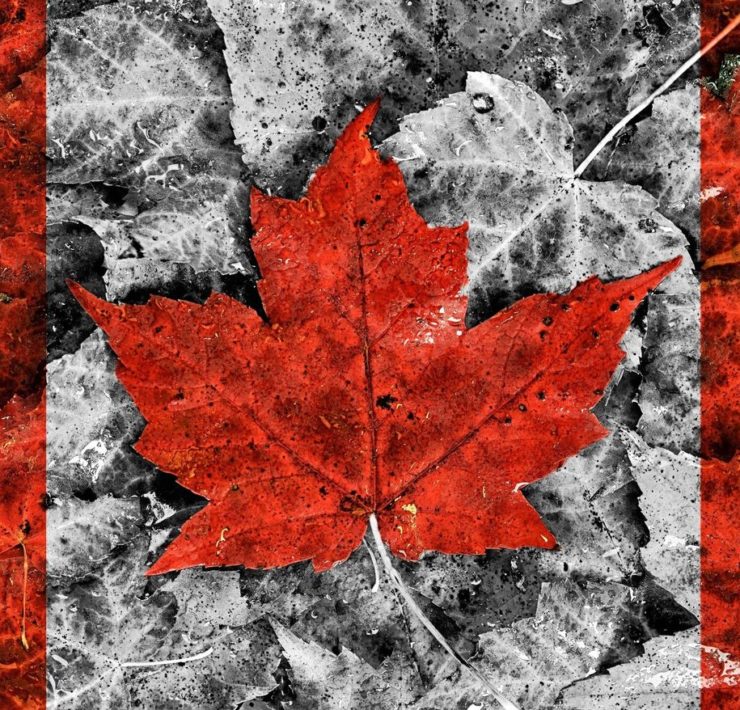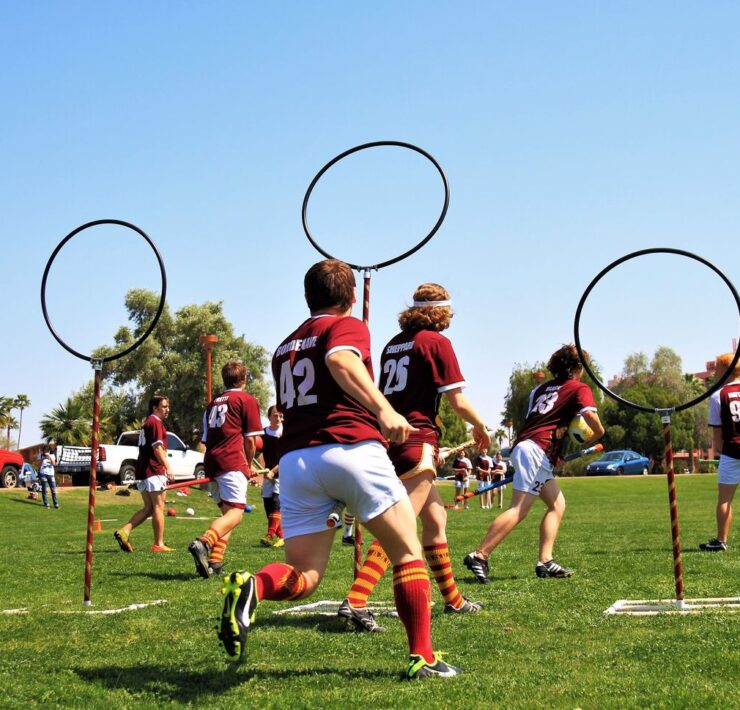Swedes are often seen as tall, blonde, fashionable people who strut towns like supermodels. They are also minimalists from fashion to house interiors and they’d just rather eat fermented fish rather than talk about random things that don’t make sense. Lastly, they are environmentalists and enjoy going outdoors. But, there’s more to Sweden than these stereotypes (and meatballs) and here’s a list of what should catch first-time visitors’ attention while in Sweden.
1. Fika
Fika is the Swedish word for coffee break and if you think it’s just about grabbing a cup of coffee and taking it back to your seat during work, you’ve got it all wrong. Fika is more than just a cup of coffee. It is an experience – an experience where you make quality time catching up with your family, friends, colleagues, or an acquaintance together with good food.
So what should accompany coffee and people to complete fika? Sweets. These foods can be cinnamon buns, cakes, cookies, and open-faced sandwiches. It can happen anywhere but besides coffee, you can even drink tea and lemonade during this social event.
2. Tala är silver, tiga är guld
“Tala är silver, tiga är guld” is a Swedish proverb that translates to, “To speak is silver, to keep silent is gold.” Swedes are often misunderstood as shy or snub, but for them, this is a trait worthy of value. Small talks are unnecessary and communication, for Swedes, should always contain purpose. They are known to speak directly without sugarcoating messages, and sometimes silence is chosen rather than talking to avoid conflicts.
3. Allemansrätten
Allemansrätten is Sweden’s Freedom to Roam right that gives a person the right to access, walk, cycle, ride, ski, and camp on any land as long as it’s not private property, a land used for cultivation, nature reserves, and protected areas. Other Nordic countries also have the same rights in practice. How cool is that?
4. Lagom
A Swedish term without any English equivalent, “lagom” has an etymological translation “around the team” that has been living since Viking times. But to be clearer, lagom means “just enough”, “just right”, or “fair share”. It indicates balance however, this word can be used in different contexts: life, weather, money, etc. This Swedish philosophy indicates that in life, you should have enough but not too much. It is greatly evident in Sweden’s modernist and minimalist design applied to even popular brands like H&M and IKEA.
5. Jantelagen
If there’s “lagom”, there’s its root called Jantelagen or the Law of Jante. Jantelagen is explained to be a Scandinavian concept with the underlying theme of societally enforced humility and self-restraint. The law aims to keep people in their place avoiding vanity of any kind. However, it can negatively portray and criticize individual success as inappropriate. People can excel in the fields of fashion, sports, technology, design, and medicine but showing pride to such accomplishments or more likely bragging them is a total anti-jantelagen. With every passing generation and the development of social media, this ‘law’ has been slowly disappearing in the Swedish culture.
6. Festivals for Everything
Not really for everything, but Swedes do love their traditions and keeping them remembered through all the years. Besides the usual holy days, the Swedes also celebrate unusual festivals like the cinnamon bun day, waffle day, gooey almond paste season, cream bun season, and the crayfish festival.
7. Dressing the Same
Sweden is known to be one of the most fashionable places in the world but they’re also known to wear almost the same look with an undeniable love for monochrome. In winter, black jackets are everywhere and black won’t be leaving at all – even in the next seasons. Even though black, cream, beige, white, and navy are there to complement each other, you’d surely see the Swedes all dressed well – but not too much, not too colorful, just lagom.
8. Tack!
Tack means”please” and “thank you” at the same time. Confusing? There’s more. If you go to a shop, the shopkeeper may say “tack?” with an intonation which means “May I help you?”. When leaving the shop, you may hear another “tack!” spoken which actually means goodbye. Crazy? Tack!
9. Innebandy
If you want some serious Swedish sport there’s innebandy, also known as floorball. It’s a cross between ice hockey and soccer, played indoors with a stick and a plastic whiffle ball. The game was first played in Sweden in 1970 as an afterschool pastime. Now, it has reached the level where its played in world championships where Scandinavia and parts of Northern Europe take part of.
10. Surströmming
You could’ve seen this word in videos with titles saying “worst food in the world” or “food challenge”, and yes, it could be challenging for non-Swedes to taste this famous stinky fermented fish – or even open a can of it.
Surströmming is made by catching small Baltic herring during spring, salting them, letting them ferment, and then stuffing them in a tin for a month. Using the word pungent to describe its aroma is not enough for you to imagine.
You don’t just eat it straight from the can. The Swedes chop it up and use it as a topping on a flatbread together with butter, sliced potatoes, and chopped red onions. Yum?
When On Earth Magazine is for people who love travel. We provide informative travel guides, tips, ideas and advice regarding places to see, things to do, what to taste, and much more for world travelers seeking their next dream vacation destination.






